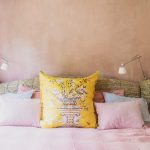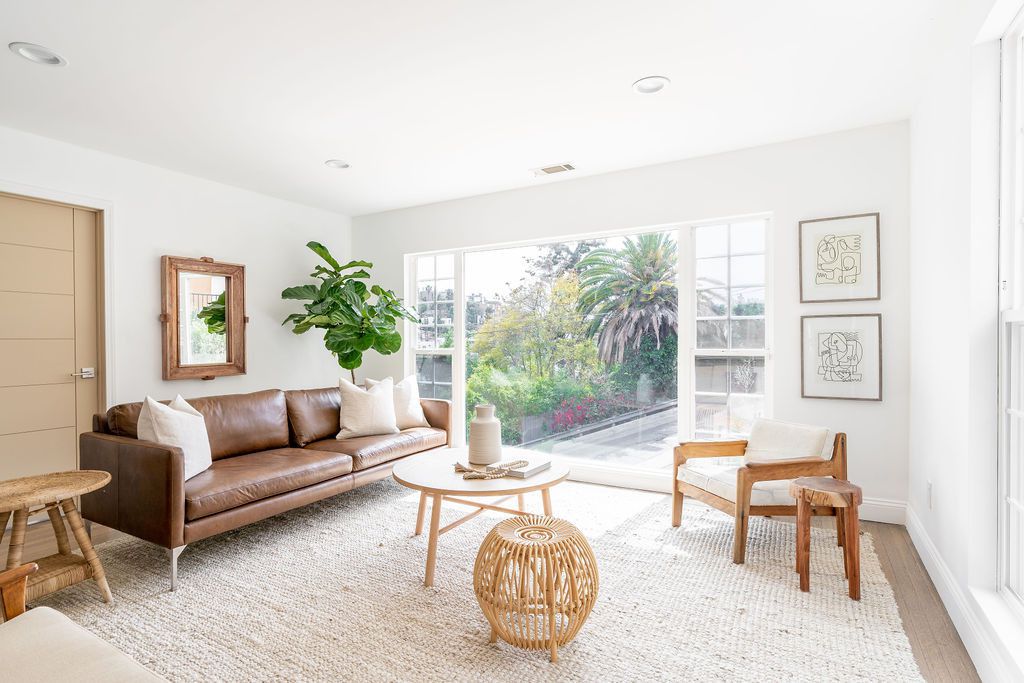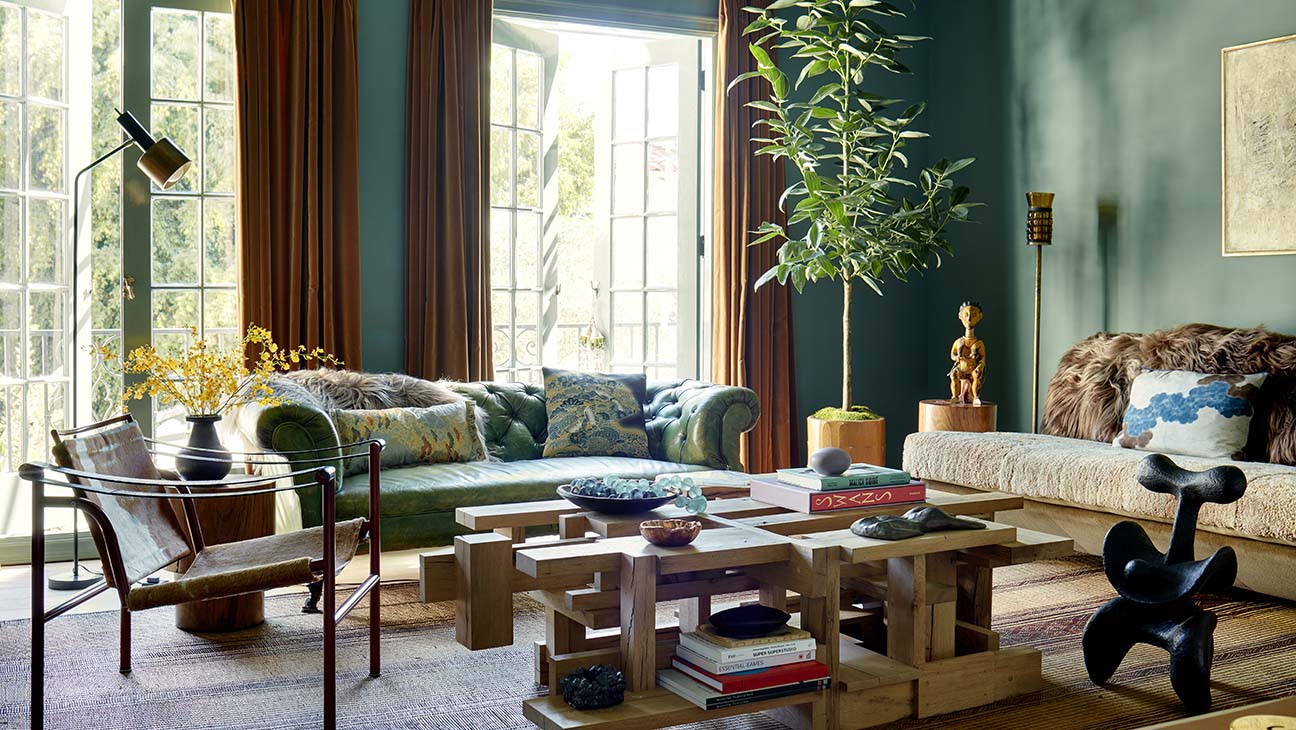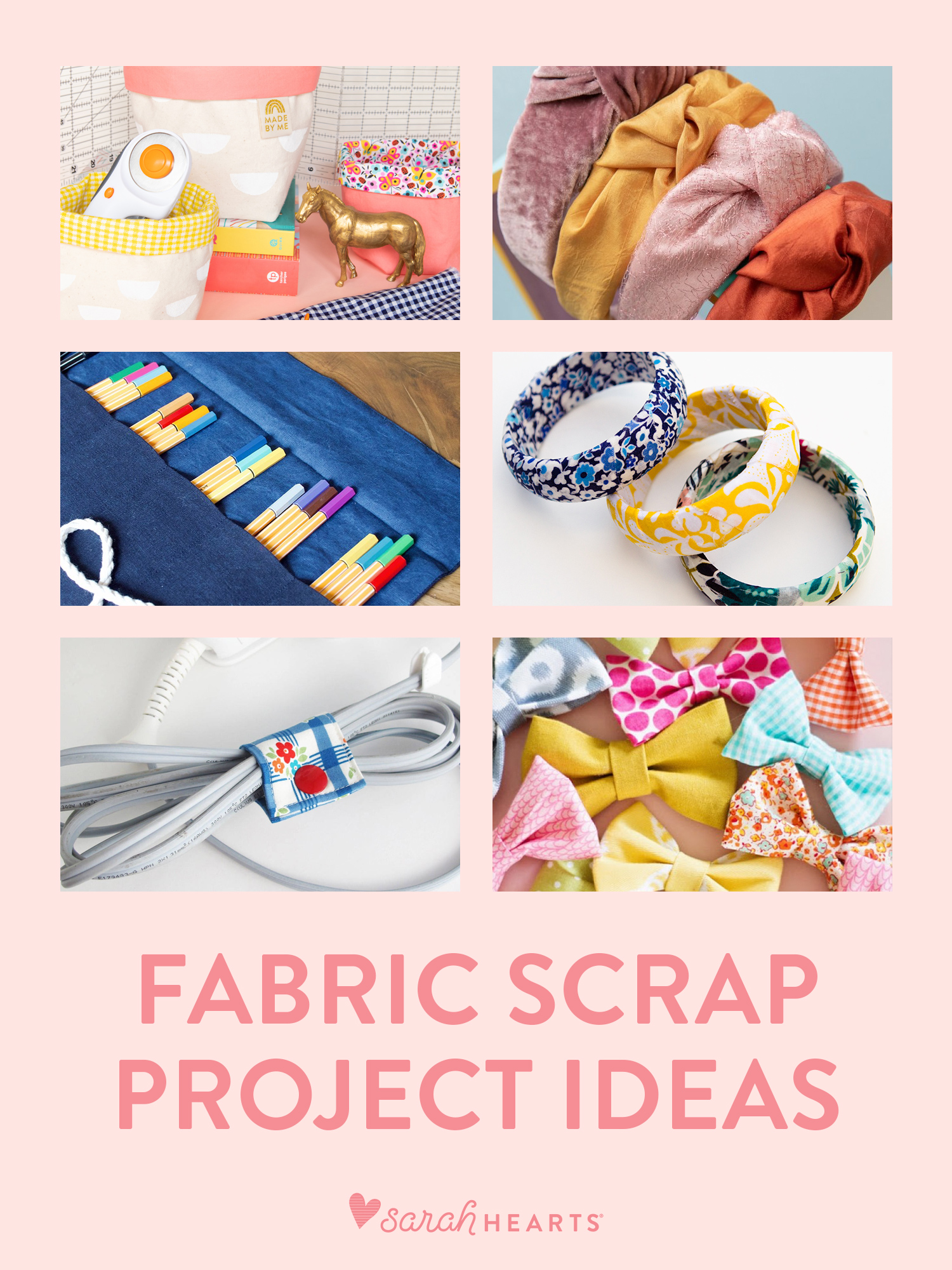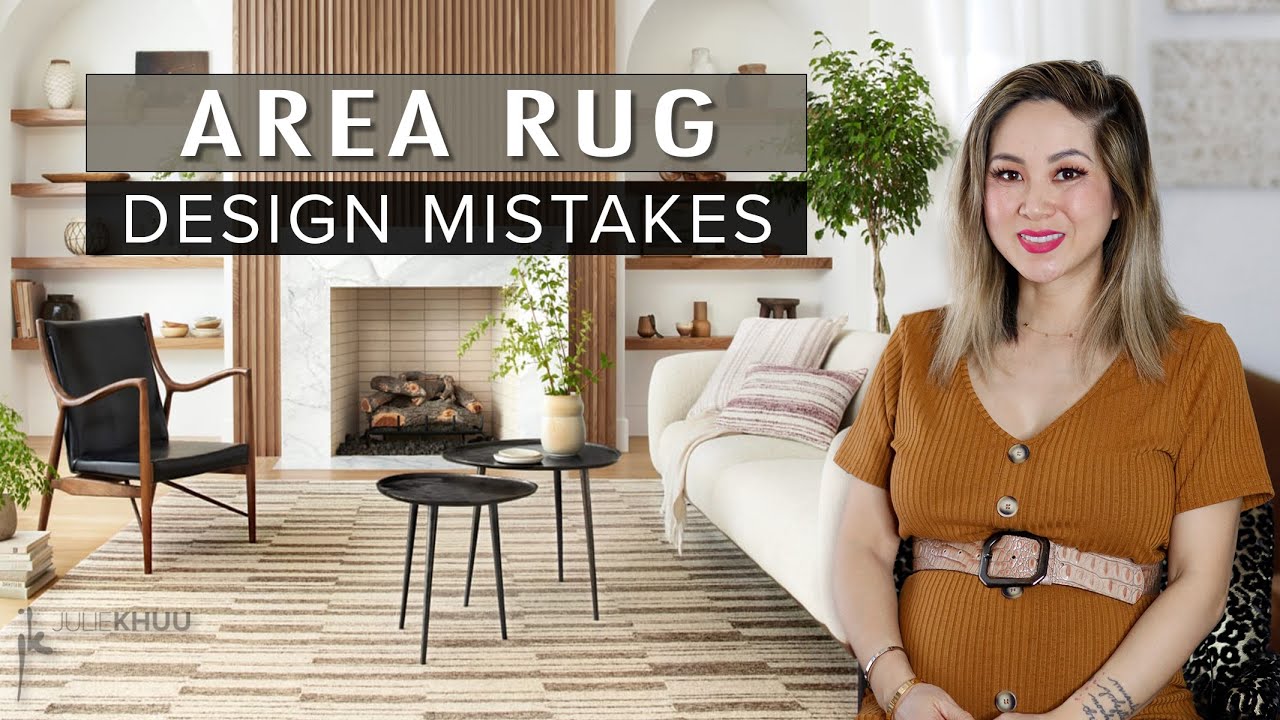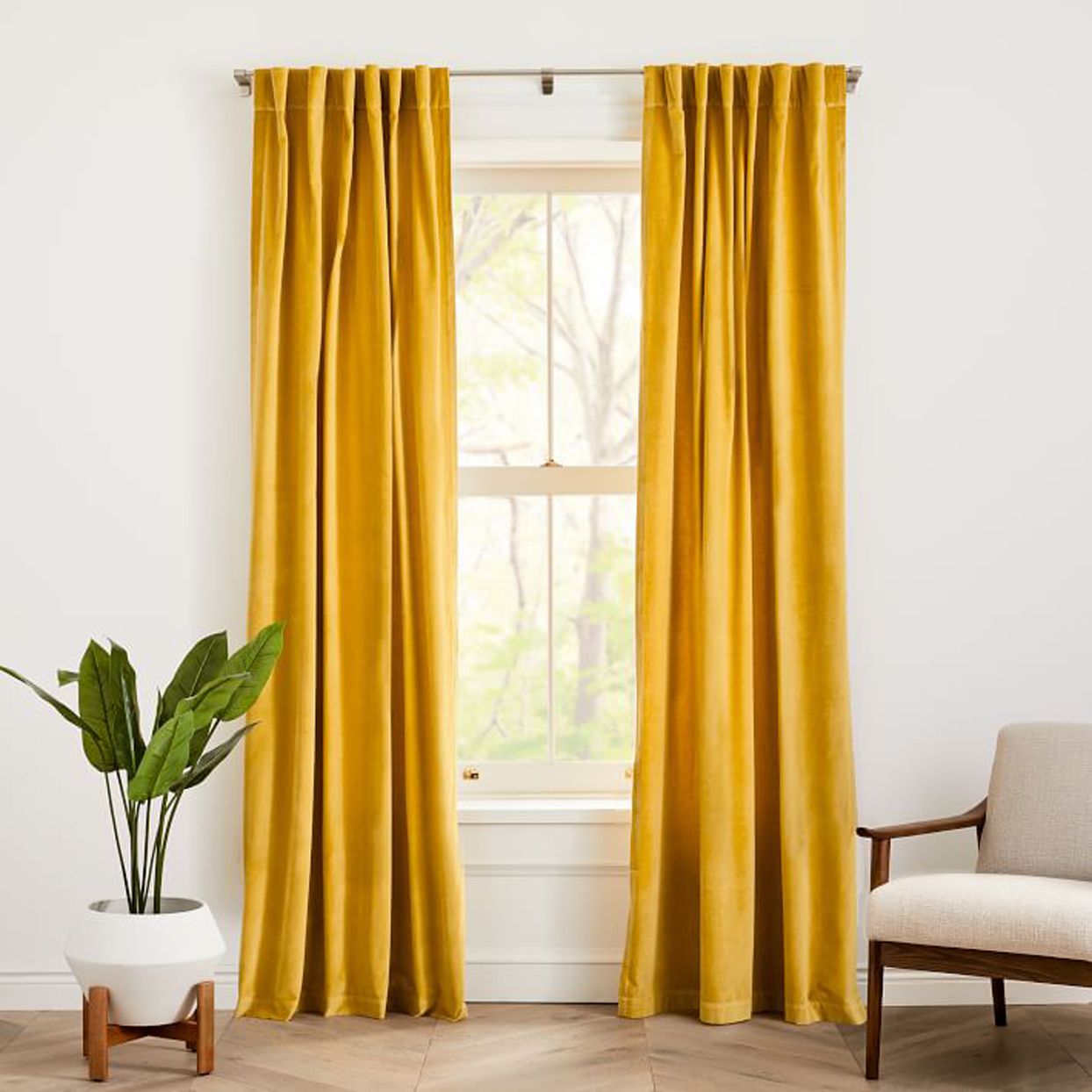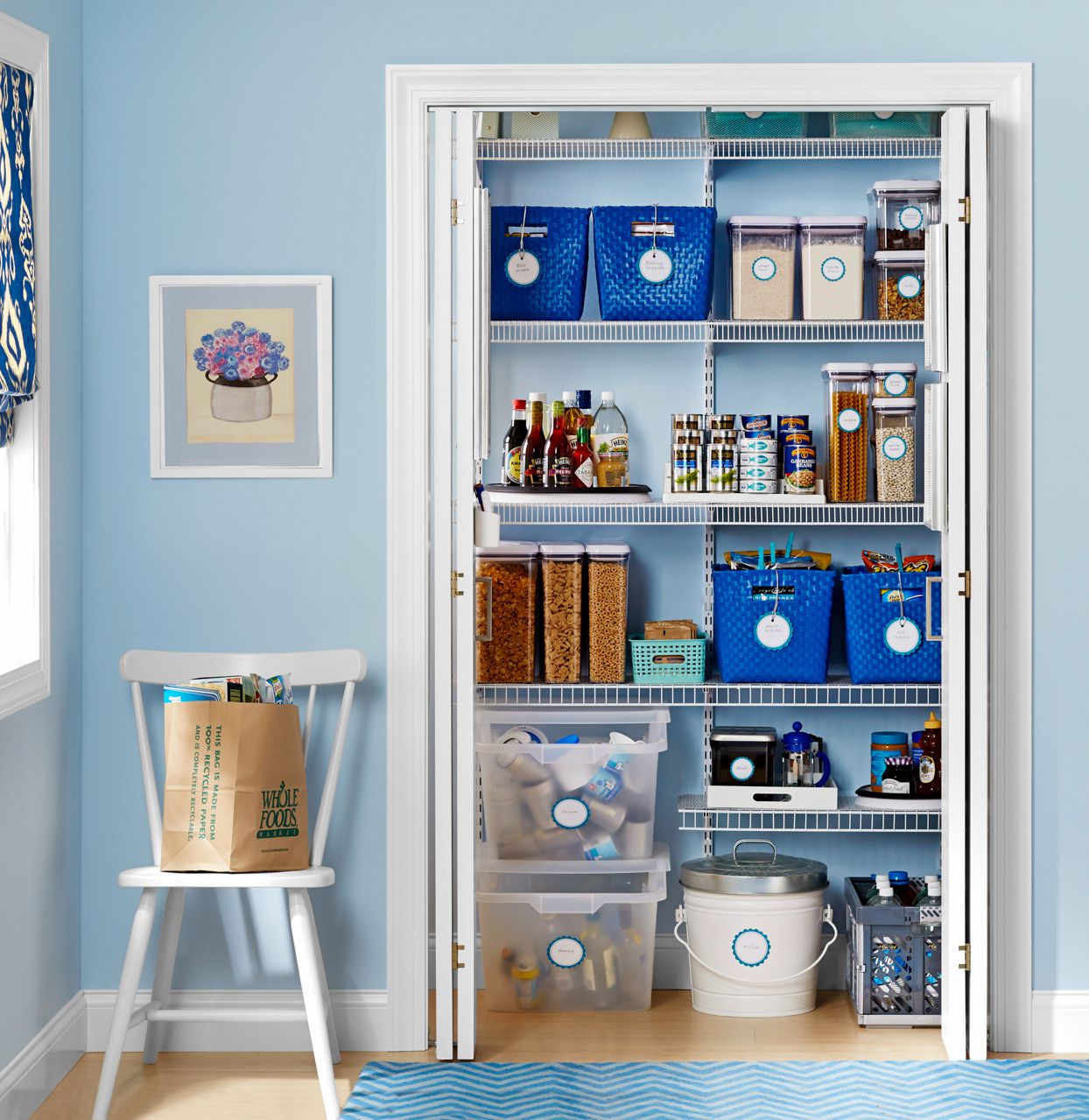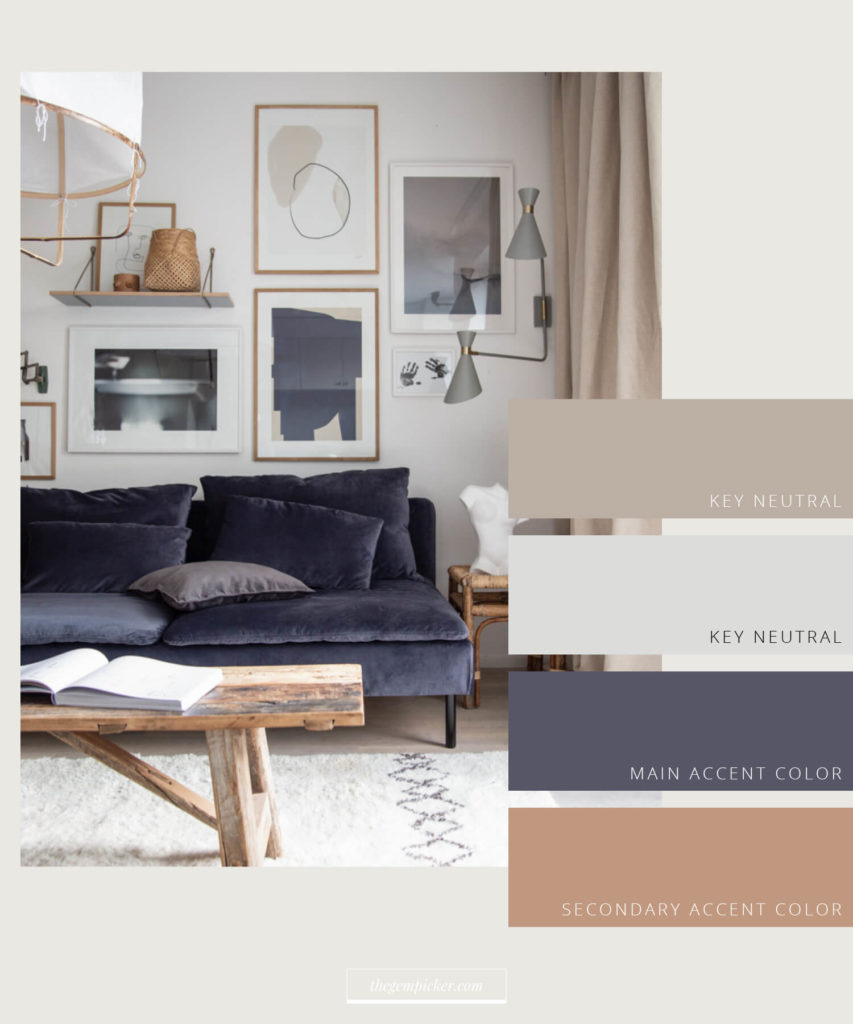
An Interior Design Color Scheme Generator helps users create harmonious color palettes for their spaces. It simplifies color selection, ensuring balanced and appealing designs.
Choosing the right colors for your interior design can be challenging. A color scheme generator offers a practical solution. It provides instant inspiration and guidance, making the design process smoother. Users can experiment with various color combinations and see immediate results.
This tool is invaluable for both professional designers and DIY enthusiasts. It saves time and reduces the guesswork involved in selecting colors. With a color scheme generator, you can achieve a cohesive look that enhances your space’s aesthetic appeal. Embrace the ease and creativity that this tool brings to your design projects.
Introduction To Color Schemes
Choosing the right colors can transform any space. An interior design color scheme generator helps you pick the best colors. Learn the basics of color theory and why color matters.
The Basics Of Color Theory
Color theory helps us understand how colors work together. The color wheel is a key tool. It shows primary, secondary, and tertiary colors.
Primary colors are red, blue, and yellow. Mix these to get secondary colors. Tertiary colors come from mixing primary and secondary colors.
Complementary colors sit opposite each other on the wheel. They create a high-contrast look. Analogous colors sit next to each other. They create a harmonious look.
Why Color Matters In Interior Design
Color impacts mood and atmosphere. Warm colors like red and orange feel cozy. Cool colors like blue and green feel calm.
Choosing the right color can make a room look bigger or smaller. Light colors make spaces feel open. Dark colors add a sense of intimacy.
Color coordination can create a cohesive look. Use a color scheme generator to find the perfect palette.
| Color Type | Examples | Effect |
|---|---|---|
| Warm Colors | Red, Orange, Yellow | Cozy and Inviting |
| Cool Colors | Blue, Green, Purple | Calm and Relaxing |
- Primary Colors: Red, Blue, Yellow
- Secondary Colors: Green, Orange, Purple
- Tertiary Colors: Red-Orange, Yellow-Green
Benefits Of Using A Color Scheme Generator
Choosing the right colors for your home can be challenging. Luckily, a Color Scheme Generator makes this task easy. This tool offers many benefits to homeowners and designers alike. Let’s explore why using a color scheme generator is a smart choice.
Time-saving Tool
A color scheme generator saves you lots of time. You don’t need to spend hours picking colors. Simply input your preferences, and the tool does the rest. This quick process allows you to focus on other design tasks. Here’s how it helps:
- Instantly provides color combinations
- Reduces guesswork in color selection
- Eliminates the need for lengthy consultations
Professional Results
Even if you’re not a designer, you can achieve professional results. The generator ensures your color scheme looks balanced and appealing. This tool often uses color theory principles, which makes your space look cohesive. Key benefits include:
- Ensures color harmony
- Helps avoid clashing colors
- Provides a polished, professional look
With these benefits, a color scheme generator is a must-have tool for anyone interested in interior design. Save time and get professional results with ease.
How A Color Scheme Generator Works
Understanding how a Color Scheme Generator works is essential for any interior design project. This tool helps you find the perfect colors for your space.
Inputting Your Preferences
First, you need to input your preferences. This step involves selecting your favorite colors. You can also choose your desired mood or theme.
Most color scheme generators allow you to:
- Choose a base color
- Select complementary colors
- Pick a color harmony
Input these preferences into the generator. The tool will then create a custom color palette tailored to your needs.
Generating Color Combinations
Once you input your preferences, the generator works its magic. It uses algorithms to find the best color combinations.
Here are the common types of color combinations generated:
| Combination Type | Description |
|---|---|
| Monochromatic | Uses variations of a single color |
| Analogous | Combines colors next to each other on the color wheel |
| Complementary | Pairs colors opposite each other on the color wheel |
| Triadic | Uses three evenly spaced colors on the color wheel |
The generator presents these combinations. You can then choose the one that fits your design vision.
Using a Color Scheme Generator simplifies the color selection process. It ensures that the chosen colors work well together.
Popular Color Schemes
Choosing the right color scheme is essential for interior design. A well-chosen palette can transform a space, creating a cohesive and inviting atmosphere. Here, we explore some popular color schemes that can elevate your home decor.
Monochromatic Schemes
Monochromatic color schemes use variations of a single color. This creates a uniform and harmonious look. Different shades, tints, and tones of one color are used to add depth and interest.
- Shades: Adding black to the base color.
- Tints: Adding white to the base color.
- Tones: Adding gray to the base color.
Benefits of Monochromatic Schemes:
- Simplicity and elegance.
- Easy to coordinate.
- Creates a soothing atmosphere.
Example:
| Color Element | Shade | Tint | Tone |
|---|---|---|---|
| Blue | Navy Blue | Sky Blue | Steel Blue |
Analogous Schemes
Analogous color schemes use colors that are next to each other on the color wheel. These schemes offer a rich, yet calming effect. They usually include one dominant color and two supporting colors.
Benefits of Analogous Schemes:
- Harmonious and pleasing to the eye.
- Offers more variety than monochromatic schemes.
- Easy to create a balanced look.
Example:
| Color Element | Primary Color | Secondary Color | Tertiary Color |
|---|---|---|---|
| Green | Forest Green | Olive Green | Lime Green |
Both monochromatic and analogous color schemes can significantly enhance your interior design. Using a color scheme generator can make the process easier and more effective.
Choosing The Right Color Scheme
Choosing the right color scheme for your interior design can feel daunting. With a color scheme generator, making this choice becomes easier and more fun. This tool helps you visualize and match colors quickly. Let’s explore how to choose the perfect color scheme for your space.
Considering Room Function
The purpose of a room greatly influences its color scheme. Different colors can evoke different moods and energies.
- Living Room: Neutral tones like beige and grey create a calm atmosphere.
- Bedroom: Soft colors like pastels promote relaxation and peace.
- Kitchen: Bright colors like yellow and red can stimulate appetite and energy.
- Office: Blue and green hues improve concentration and productivity.
Matching Personal Style
Personal style is key in selecting a color scheme. The colors should reflect your personality and taste.
Here are a few tips to match your style:
- Classic Style: Use timeless colors like white, navy, and gold.
- Modern Style: Opt for bold colors like black, white, and red.
- Bohemian Style: Choose earthy tones like brown, green, and orange.
- Minimalist Style: Stick to monochromatic shades and simple palettes.
Using a color scheme generator can help visualize these choices. It saves time and ensures consistency throughout the design.
Complementary Colors
Choosing the right color scheme can transform your living space. One powerful method is using complementary colors. These colors sit opposite each other on the color wheel. They create vibrant, high-contrast looks that can energize any room.
Understanding Complementary Colors
Complementary colors are pairs that enhance each other’s intensity. These pairs include:
- Red and Green
- Blue and Orange
- Yellow and Purple
These combinations can make a room feel lively. They work well for modern and traditional designs.
Applying Complementary Colors In Design
Using complementary colors in interior design can be easy. Follow these steps to create a balanced look:
- Choose a Dominant Color: Start with your favorite color. This will be the main color in your scheme.
- Find its Complement: Use a color wheel to find the opposite color. This will be your accent color.
- Balance the Colors: Use the dominant color for large areas. Use the complement for smaller accents.
Consider these tips for a harmonious design:
- 60-30-10 Rule: Use the dominant color for 60% of the room, the complement for 30%, and a neutral color for 10%.
- Furniture and Decor: Use the accent color in pillows, rugs, or artwork.
- Walls and Ceilings: Paint walls with the dominant color. Add the complement in trims or ceilings.
Here is a simple table to guide you:
| Dominant Color | Complementary Color | Usage |
|---|---|---|
| Blue | Orange | Furniture, Rugs |
| Red | Green | Accents, Decor |
| Yellow | Purple | Walls, Curtains |
Using complementary colors can make your space pop. It adds visual interest and harmony. Start experimenting today with your interior design color scheme generator.
Accent Colors
Accent colors bring life to any interior design. They add personality and make spaces pop. Using a color scheme generator helps find the perfect accents. Discover how to choose and use accent colors effectively.
Choosing Accent Colors
Choosing the right accent color is crucial. It should complement the main colors. Consider the mood you want to create. Warm colors like red and yellow add energy. Cool colors like blue and green bring calm.
Use a color wheel to find complementary colors. These are opposite on the wheel and work well together. For a balanced look, try analogous colors. These are next to each other on the wheel.
Using Accent Colors Effectively
Use accent colors in small doses. Too much can be overwhelming. Think about where you can add these colors. Pillows, rugs, and curtains are good choices.
Artwork and decorative items can also feature accent colors. Paint one wall in an accent color for a bold statement. Use patterns to blend accents with main colors.
Here is a quick guide for effective use:
- Pillows: Easy to change and add color.
- Rugs: Ground your space with a colorful rug.
- Curtains: Frame windows with accent colors.
- Artwork: Showcase art that includes your accent color.
- Paint: Consider an accent wall for a striking look.
Balance is key. Use accents to highlight and not overpower. Follow these tips to create a harmonious and vibrant space.
Neutral Palettes
Neutral palettes offer timeless elegance and versatility in interior design. They create a soothing and sophisticated atmosphere in any space. This section explores the benefits of neutral colors and how to create a stunning neutral color palette.
Benefits Of Neutral Colors
Neutral colors provide many benefits for home interiors. They are easy to match with other colors and styles, making them versatile. Below are some key advantages:
- Calming Effect: Neutral tones like beige and grey have a calming effect.
- Timeless Appeal: These colors never go out of style.
- Enhance Light: Neutrals reflect light, making spaces feel larger and brighter.
- Versatility: They work well with any design style, from modern to classic.
Creating A Neutral Color Palette
Creating a neutral color palette involves selecting and balancing different shades of neutrals. Follow these simple steps to achieve a cohesive look:
- Choose a Base Color: Select a main color like beige or grey.
- Add Contrast: Incorporate darker shades for depth, such as charcoal or taupe.
- Use Accent Colors: Add pops of white or cream for highlights.
- Balance Textures: Mix different textures to add interest, like a soft rug with a sleek table.
Here is a simple table for a balanced neutral palette:
| Color | Use |
|---|---|
| Beige | Walls |
| Charcoal | Furniture |
| White | Trim and Accents |
| Soft Grey | Rugs and Cushions |
Neutral palettes can transform any room into a serene retreat. They provide a perfect backdrop for various design elements and personal touches.
Bold And Vibrant Schemes
Bold and vibrant color schemes can transform any space. They add energy and personality to your rooms. Using a color scheme generator helps you choose the right colors. It ensures your design is both striking and cohesive.
When To Use Bold Colors
Bold colors are great for creating focal points. Use them in spaces where you want to draw attention. Living rooms, dining areas, and entryways benefit from bold hues. They can make a small space feel more dynamic.
Bold colors work well in modern and eclectic styles. They add contrast and excitement. Avoid using bold colors in every room. Too much can feel overwhelming.
Balancing Vibrant Colors
Balancing vibrant colors is key to a harmonious design. Pair bold colors with neutral tones. This helps to keep the space from feeling too busy.
Use the 60-30-10 rule:
- 60% of the room in a dominant color
- 30% in a secondary color
- 10% in an accent color
Tables can help you visualize color balance:
| Color | Percentage | Use |
|---|---|---|
| Dominant | 60% | Walls, large furniture |
| Secondary | 30% | Rugs, curtains |
| Accent | 10% | Pillows, art pieces |
This approach ensures a balanced, vibrant look. It prevents the design from feeling chaotic.
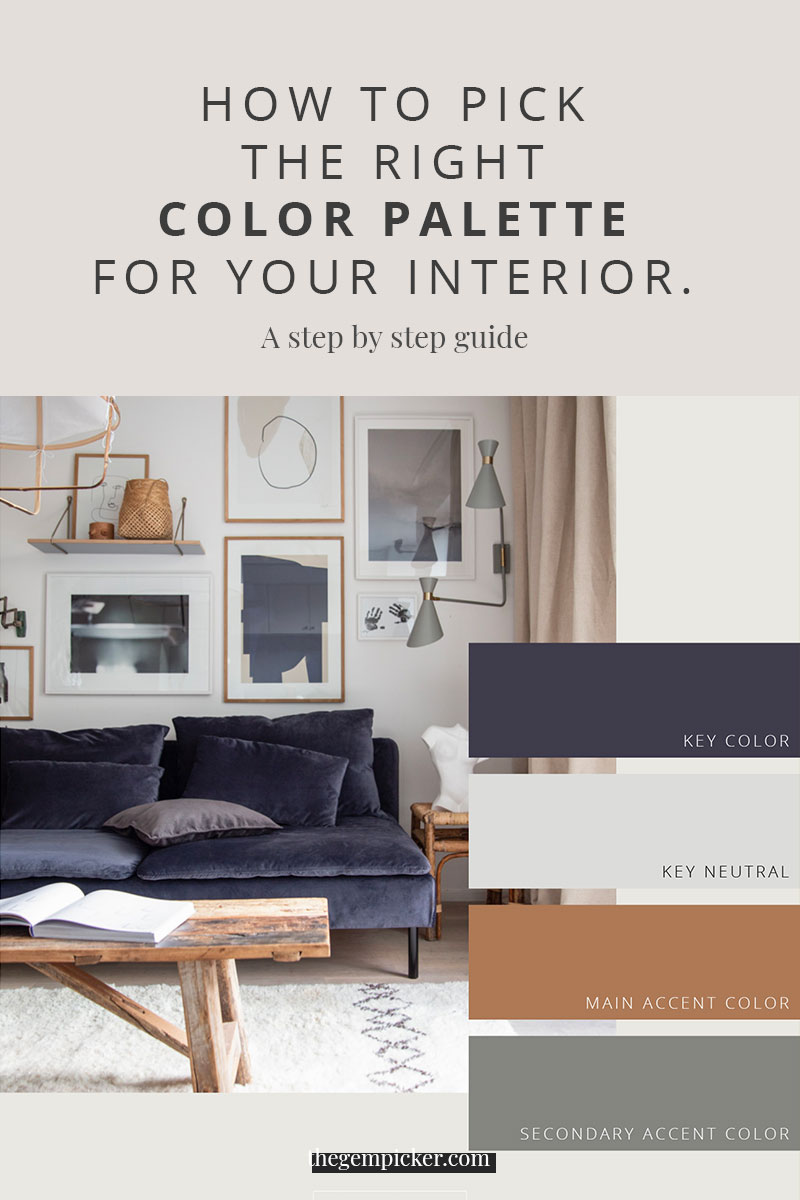
Credit: thegempicker.com
Seasonal Color Schemes
Seasonal color schemes can transform your home. Each season brings unique colors. Using these colors can make your space feel fresh and vibrant. Whether you prefer pastels or deep hues, a color scheme generator can help.
Spring And Summer Schemes
Spring and summer call for bright and lively colors. Think of blooming flowers and sunny skies. These seasons invite colors like pastel pinks, light blues, and vibrant greens. These colors bring energy and warmth into any room.
- Pastel Pinks: Soft and calming, perfect for living rooms.
- Light Blues: Refreshing and cool, ideal for bedrooms.
- Vibrant Greens: Invigorating and fresh, great for kitchens.
You can combine these colors for a balanced look. Use a color scheme generator to find complementary shades. This ensures your space looks cohesive and inviting. Here’s a simple table to help you get started:
| Color | Use |
|---|---|
| Pastel Pink | Living Room |
| Light Blue | Bedroom |
| Vibrant Green | Kitchen |
Fall And Winter Schemes
Fall and winter bring rich, deep colors. Think of falling leaves and cozy fires. These seasons are perfect for warm oranges, deep reds, and earthy browns. These colors create a snug and inviting atmosphere.
- Warm Oranges: Brighten up your dining area.
- Deep Reds: Add warmth to your living room.
- Earthy Browns: Create a cozy bedroom retreat.
Mix these colors with neutrals for a sophisticated look. A color scheme generator can suggest the best combinations. This helps maintain harmony in your design. Check this table for some ideas:
| Color | Use |
|---|---|
| Warm Orange | Dining Area |
| Deep Red | Living Room |
| Earthy Brown | Bedroom |
Color Psychology
Color psychology is a powerful tool in interior design. It helps create moods and atmospheres. The right colors can transform a space. They can make rooms feel calm, energetic, or cozy. Understanding color psychology can guide your choices.
Impact Of Colors On Mood
Colors deeply affect our emotions. Bright colors like yellow and orange can uplift moods. They are cheerful and energizing. Cool colors like blue and green bring calmness. They create a serene and peaceful environment. Warm colors like red and purple evoke passion and luxury.
Neutral colors like gray and white provide balance. They are versatile and timeless. Each color has a unique impact on mood. Here is a quick reference:
| Color | Emotion |
|---|---|
| Yellow | Happiness, Energy |
| Blue | Calm, Serenity |
| Red | Passion, Excitement |
| Green | Relaxation, Freshness |
| Gray | Neutral, Balance |
Choosing Colors For Different Rooms
Each room in your house has a purpose. Choosing the right color enhances that purpose.
- Living Room: Use warm and welcoming colors. Shades of beige, cream, or soft yellow work well.
- Kitchen: Bright colors like red or yellow stimulate appetite. White also works for a clean look.
- Bedroom: Calm colors like blue or green are ideal. They promote relaxation and restful sleep.
- Bathroom: Cool colors like light blue or white create a fresh feel. They make small spaces look larger.
- Home Office: Green is great for focus and productivity. You can also use blue for calm and concentration.
Remember, the goal is to match the color to the room’s function. This ensures a harmonious living space.
Digital Tools For Color Selection
Choosing the right color scheme for your interior design can be challenging. Digital tools simplify this process, making it fun and efficient. These tools provide endless possibilities and combinations. Let’s explore some of the best tools available.
Top Color Scheme Generators
Color scheme generators help you find harmonious colors. They are user-friendly and efficient. Below are some top options:
- Adobe Color: This tool offers color wheel and harmony rules.
- Coolors: Generate, save, and share color palettes effortlessly.
- Paletton: Explore monochromatic, triad, and tetrad color schemes.
- Canva Color Wheel: Simple interface with professional results.
Mobile Apps For Interior Design
Mobile apps bring color selection to your fingertips. These apps are easy to use and highly effective. Here are some leading apps:
- ColorSnap: Sherwin-Williams app for real-time color matching.
- Color Capture: Benjamin Moore’s app for capturing and matching colors.
- Pantone Studio: Ideal for designers who use Pantone colors.
- Houzz: Offers inspiration and color selection features.
These digital tools empower you to create stunning interior designs. They make color selection easy and enjoyable.
Diy Vs. Professional Help
Choosing the right color scheme is crucial for any interior design project. One big decision is whether to use a DIY color scheme generator or hire a professional. Both options have their own set of benefits and drawbacks. Let’s explore these in more detail.
Benefits Of Diy
Using a DIY color scheme generator can be both fun and educational. Here are some of the key benefits:
- Cost-Effective: You save money by not hiring a professional.
- Creative Control: You have complete control over your choices.
- Learning Experience: You gain valuable skills in color theory.
- Flexibility: You can experiment with different colors at your own pace.
When To Hire A Professional
Sometimes, it might be best to hire a professional for your interior design needs. Here are instances when professional help is advisable:
- Complex Projects: Large projects can benefit from expert guidance.
- Time Constraints: Professionals can complete the job quickly.
- Expertise: Professionals have a deep understanding of color balance.
- Quality Assurance: A professional ensures high-quality results.
Here’s a quick comparison between DIY and hiring a professional:
| Aspect | DIY | Professional Help |
|---|---|---|
| Cost | Low | High |
| Time | Flexible | Quick |
| Expertise | Basic | Advanced |
| Quality | Variable | Consistent |
Case Studies
Exploring real-life transformations can show the power of an Interior Design Color Scheme Generator. The following case studies highlight successful color transformations and the lessons learned.
Real-life Transformations
Several homes have seen dramatic changes with the help of a color scheme generator. Below are some examples:
| Home | Before | After |
|---|---|---|
| Modern Apartment | White walls, minimal decor | Bold blues and greens |
| Suburban House | Plain beige interiors | Warm earth tones |
| Studio Flat | Dark and cramped | Light pastels |
In each case, the color scheme generator provided unique solutions. The modern apartment transformed with bold blues and greens. This created a lively and inviting atmosphere. The suburban house shifted from plain beige to warm earth tones. This gave the home a cozy and welcoming feel. The studio flat changed from dark and cramped to light pastels. This made the space feel larger and more open.
Lessons Learned
- Experiment with Colors: Don’t be afraid to try new colors.
- Consider Room Function: Choose colors based on room usage.
- Balance: Mix bold colors with neutrals for balance.
- Lighting: Check how colors look under different lighting.
These lessons highlight the importance of thoughtful color selection. A well-chosen color scheme can transform any space. Use a color scheme generator to find the perfect palette.
Common Mistakes To Avoid
Creating a stunning interior design color scheme requires careful consideration. Many people make common mistakes that can easily be avoided. Below are some tips to help you steer clear of these pitfalls.
Overusing Bold Colors
Bold colors can make a room lively and vibrant. But, using too many bold colors can make the space feel overwhelming. Stick to using bold colors as accents. For example, use them on throw pillows, rugs, or wall art.
| Do | Don’t |
|---|---|
| Use bold colors sparingly. | Paint all walls in bold colors. |
| Balance with neutral tones. | Combine too many bold hues. |
Ignoring Natural Light
Natural light plays a crucial role in how colors appear. Ignoring it can lead to poor color choices. Rooms with plenty of natural light can handle darker colors. Rooms with limited light should use lighter shades.
- Assess the amount of natural light in each room.
- Use lighter colors in rooms with little light.
- Reserve darker colors for well-lit spaces.
Avoid these mistakes to create a harmonious and visually pleasing space. A careful approach to color can transform any room.
:max_bytes(150000):strip_icc()/online-help-for-interior-color-schemes-451977-01-aad3714165b3415baf41cbd9c88ff141.jpg)
Credit: www.thespruce.com
Budget-friendly Tips
Transforming your home’s interior can be fun and affordable. Use a color scheme generator to find the perfect hues. Here are budget-friendly tips to help you create a beautiful space without breaking the bank.
Affordable Paint Options
Choosing the right paint can save you money. Consider these options:
- Sample Sizes: Buy sample sizes to test colors.
- Discount Stores: Check local discount stores for deals.
- Generic Brands: Generic brands can be as good as name brands.
- Leftover Paint: Use leftover paint from previous projects.
These tips can help you achieve a stunning look without spending much.
Diy Decor Ideas
Decorating doesn’t have to be costly. Try these DIY ideas:
- Wall Art: Create your own wall art using affordable materials.
- Furniture Makeover: Give old furniture a new life with paint.
- DIY Shelves: Build simple shelves with wood and brackets.
- Custom Pillows: Sew your own pillow covers with fabric scraps.
These DIY projects can add a personal touch to your home. They are fun and budget-friendly.
| Item | Cost |
|---|---|
| Sample Paint | $3 – $5 |
| Wall Art Supplies | $10 – $20 |
| Furniture Paint | $15 – $25 |
| DIY Shelf Materials | $20 – $30 |
| Pillow Fabric | $5 – $10 |
Using these budget-friendly tips, you can create a beautiful space. Your home will look stylish and unique without spending a lot.
Sustainable Choices
Choosing a sustainable color scheme has many benefits. It helps the planet and creates a healthier home. These choices can be stylish and eco-friendly.
Eco-friendly Paints
Eco-friendly paints reduce harmful chemicals. These paints are safe for you and the environment. They come in many colors and finishes.
- Low VOC Paints: These paints have fewer volatile organic compounds. They improve indoor air quality.
- Natural Paints: Made from natural ingredients like clay and lime. They are biodegradable.
- Recycled Paints: Made from leftover paint. They reduce waste and save resources.
Choosing eco-friendly paints contributes to a sustainable home. They are a simple yet powerful choice.
Sustainable Decorating Tips
Decorating sustainably can be easy and fun. It involves making smart choices.
- Reuse and Recycle: Use old furniture and decor. Give them a new life.
- Shop Second-Hand: Buy from thrift stores. Find unique and vintage items.
- Choose Natural Materials: Opt for wood, bamboo, and organic fabrics. These materials are renewable and durable.
- Energy-Efficient Lighting: Use LED bulbs. They save energy and last longer.
Follow these tips for a stylish and sustainable home. Each choice you make matters.
Future Trends
The world of interior design is ever-evolving. As technology advances, the tools and trends in interior design also change. One exciting development is the use of color scheme generators. These tools help designers create harmonious and trendy color palettes. Let’s explore the future trends in interior design color schemes.
Emerging Color Trends
Colors play a crucial role in setting the tone of a space. The future will see more bold and vibrant colors. These colors add energy and life to any room. Expect to see more earthy tones like terracotta, olive green, and rust. These colors bring warmth and a natural feel.
Monochromatic color schemes will also gain popularity. These schemes use different shades of a single color. They create a cohesive and sophisticated look. Pastel colors will continue to charm. They offer a soft and calming effect, perfect for creating serene spaces.
Technological Advances
Technology is revolutionizing the way we approach interior design. One major advancement is the use of Artificial Intelligence (AI) in color scheme generators. AI can analyze millions of color combinations. It suggests the best options based on your preferences.
Another exciting development is Augmented Reality (AR). AR allows you to visualize how a color scheme will look in your space. You can see the effect of different colors before making a decision. This saves time and reduces the risk of mistakes.
Virtual Reality (VR) is also making waves. VR lets you immerse yourself in a virtual room with your chosen color scheme. This helps you experience the space in a lifelike way.
| Technology | Benefit |
|---|---|
| AI | Analyzes color combinations |
| AR | Visualizes color schemes in real-time |
| VR | Immersive room experience |
The future of interior design is bright and colorful. With emerging color trends and technological advances, creating your perfect space is easier than ever.
Feedback And Iteration
Creating a stunning interior design color scheme isn’t a one-time task. It involves continuous feedback and iteration. By seeking opinions and making adjustments, you can refine your design to perfection.
Seeking Opinions
Getting feedback is crucial. Share your color scheme with friends, family, and design experts. Use social media platforms to gather a broader range of opinions.
- Ask for specific comments on color choices.
- Gather feedback on the harmony of the colors.
- Inquire about the emotions the colors evoke.
Different perspectives can highlight areas you might have missed. This valuable input can guide your next steps.
Making Adjustments
After collecting feedback, start making necessary adjustments. Use the color scheme generator to tweak the palette.
| Feedback Aspect | Suggested Adjustment |
|---|---|
| Colors feel too bold | Soften the shades |
| Colors lack harmony | Choose analogous colors |
| Colors evoke wrong emotions | Opt for mood-appropriate hues |
Iterate on your design until you achieve a balanced and appealing color scheme. Remember, the goal is a space that feels just right for you.
:max_bytes(150000):strip_icc()/online-help-for-interior-color-schemes-451977-09-016508f6253040a8bfc417ac38fe5264.jpg)
Credit: www.thespruce.com
Final Thoughts
Choosing the right color scheme can make or break a room. With an Interior Design Color Scheme Generator, you can easily find the perfect colors. This tool helps you create harmonious designs. Below, we provide a quick recap and some encouragement.
Recap Of Key Points
- Easy to Use: The generator simplifies color selection.
- Saves Time: Quickly find matching colors.
- Professional Results: Achieve designer-level color schemes.
- Versatile: Suitable for any room or style.
Encouragement To Experiment
Don’t be afraid to try new colors. Experimenting can lead to stunning results. Use bold colors in unexpected places. Mix and match until you find what feels right.
Here are some ways to experiment:
- Try complementary colors for a dynamic look.
- Use analogous colors for a more serene feel.
- Explore monochromatic schemes for a minimalist style.
- Incorporate accent colors for added interest.
Trust your instincts and have fun with it. The generator is a tool for creativity.
Frequently Asked Questions
What Is A Color Scheme Generator?
A tool that helps create coordinated color palettes for interior design projects.
How Does A Color Scheme Generator Work?
It uses algorithms to suggest harmonious color combinations based on user preferences.
Can I Customize The Color Palette?
Yes, most generators allow you to adjust colors to fit your taste.
Is A Color Scheme Generator Free?
Many online tools offer free basic features, with premium options available.
Why Use A Color Scheme Generator?
It simplifies the process of selecting colors, ensuring a cohesive design.
What Are The Benefits Of Using One?
It saves time, reduces stress, and improves the overall look of your space.
Can It Be Used For Any Room?
Yes, you can generate color schemes for any room in your home.
Do Professionals Use Color Scheme Generators?
Yes, both amateurs and professionals use these tools for design projects.
Are The Color Combinations Reliable?
Most generators use color theory principles, making the combinations reliable.
How Do I Choose The Right Generator?
Look for user-friendly interfaces, customizable options, and positive reviews.
Conclusion
Choosing the right color scheme can transform your space effortlessly. An Interior Design Color Scheme Generator simplifies this process. It ensures your design is cohesive and visually appealing. Start using a generator today to create stunning interiors that reflect your style.
Embrace the power of color to elevate your living space.



